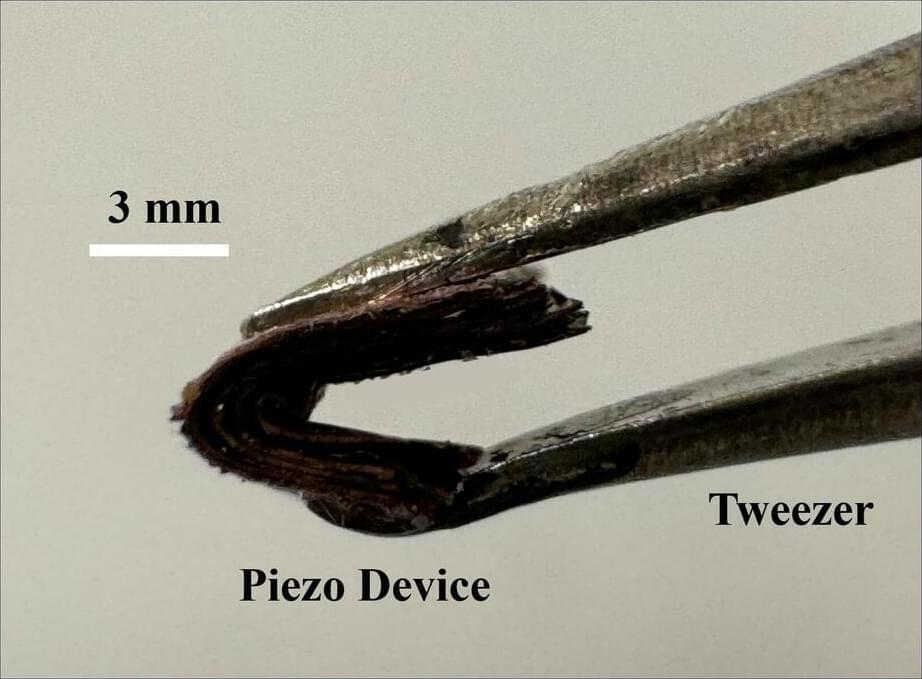Dec 18, 2024
Layer by layer: How simulations help manufacturing of modern displays
Posted by Shubham Ghosh Roy in categories: computing, sustainability
Modern materials must be recyclable and sustainable. Consumer electronics is no exception, with organic light-emitting diodes (OLEDs) taking over modern televisions and portable device displays. However, the development of suitable materials—from the synthesis of molecules to the production of display components—is very time-consuming.
Scientists led by Denis Andrienko of the Max Planck Institute for Polymer Research and Falk May from Display Solutions at Merck have now developed a simulation method that could significantly speed up the development of new materials.
High contrast and low power consumption are key features of innovative organic light-emitting diodes. OLEDs use thin films of organic molecules, i.e. carbon-containing molecules, to achieve these goals.

















